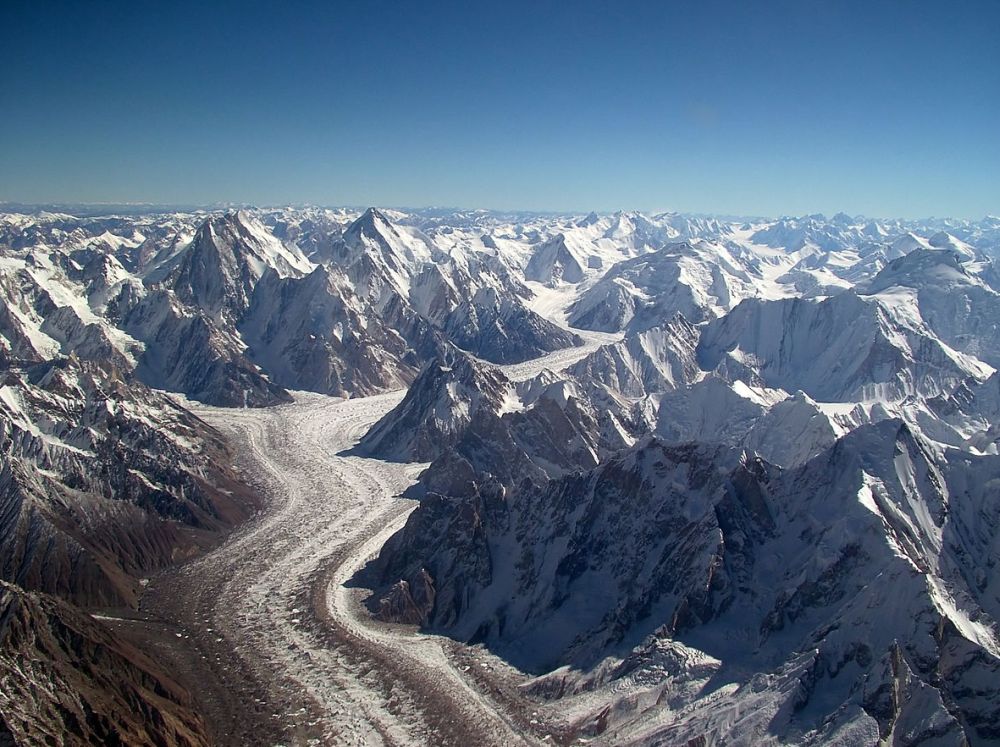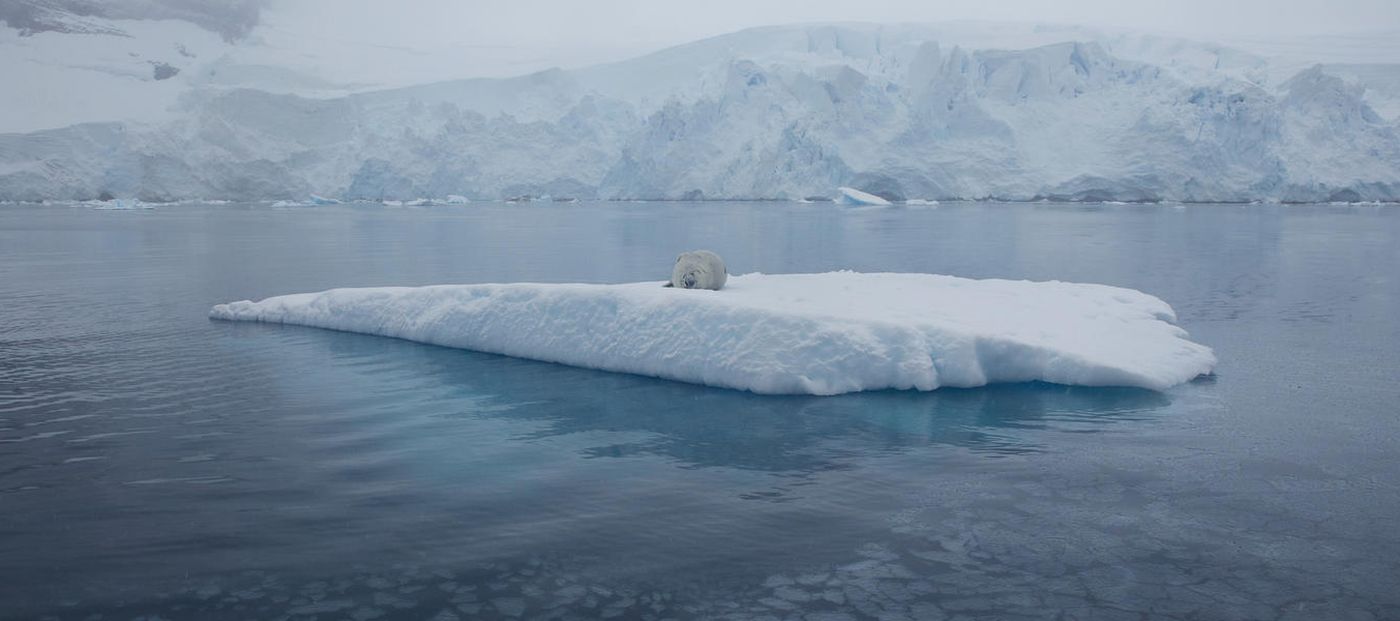IPCC’s Report Warns India of Impending Climate Change Conditions and Its Effects
According to a report released by Intergovernmental Panel on Climate Change (IPCC), India needs to agree on a net-zero emissions target, as growing climatic change conditions will make glaciers in Hindu Kush Himalayan (HKH) region shrink further. This will consequently lead to glacier melting events in the present.
Glaciers are one of the most important indicators of climate change and are often called “rivers of ice”. The glaciers are so tremendously heavy that the firn and snow begin to melt without any increase in temperature when their pressure exerts. However, with increased levels of global warming the scenario has completely changed and is becoming a major reason behind snow melting.

Image: DD News
IPCC’s report mentioned that climate change is leading towards rapid glacier melting which thereafter is resulting in depletion of snow cover in the Himalayas.
The Sixth Assessment Report (AR6) stated that scientists have found that global warming could cause serious impacts on mountain ranges across the world. This report is approved by 195 member countries. Additionally, AR6 also mentioned that a 1.5 degree Celsius warning has been shown and according to the IPCC, it was inexorable.
A 2019 IPCC report on oceans and the cryosphere in a changing climate had revealed that the HKH region faces the risk of losing over 60 percent of its glaciers by 2100, covering high mountain chains of central, southern, and inner Asia. IPCC has claimed that glaciers in the HKH region will keep shrinking.

Image: WWF-Aus / Chris Johnson
The main reason behind glacial melting is the rising temperature of the earth, which inevitably contributes to raising sea levels, flooding events, extinction of species, and less production of fresh water. A decrease in glacial mass directly results in decreasing levels of fresh water and the former is affected by long-term climatic changes. Therefore, this has to stop as glaciers store 75 percent of the world’s freshwater.
Also Read: Climatic Change is Affecting Water Flow in Himalayan Region
Under the Paris Agreement, every country has submitted a Nationally-Determined Contribution (NDC), enumerating the climate actions that they intended to take by 2025 or 2030. These NDCs have to be updated with stronger action, mandatorily, every five years from 2025.
The Paris Agreement also “requested” countries’ NDCs by 2020, however that deadline was extended to July 2021 because of the pandemic. About 110 countries have updated their NDCs except for India, China and South Africa.
More than 100 countries have announced a net-zero emission target including major emitting countries like United States, China and the European Union. India is the third-largest emitter in the world and has been resisting in contributing to a global net-zero emission target. Without India’s contribution, it would not be possible to limit the temperature rise to 1.5 degrees Celsius.
Also Read: Continued Glacier Melt to Affect Over a Billion People in Himalayan Karakoram Region
All nations that have not yet done so, still have the opportunity to submit ambitious NDCs. Nations that have already submitted new or updated NDCs still have the opportunity to review and enhance their level of ambition
The UN Climate Change said in a statement on Monday.
Anyhow, the damage that’s been done is irreversible and humans will have to face the repercussions of their doings. But if we don’t stop now, it will definitely put an end to biodiversity of the planet.
Via: The Indian Express/India Today


